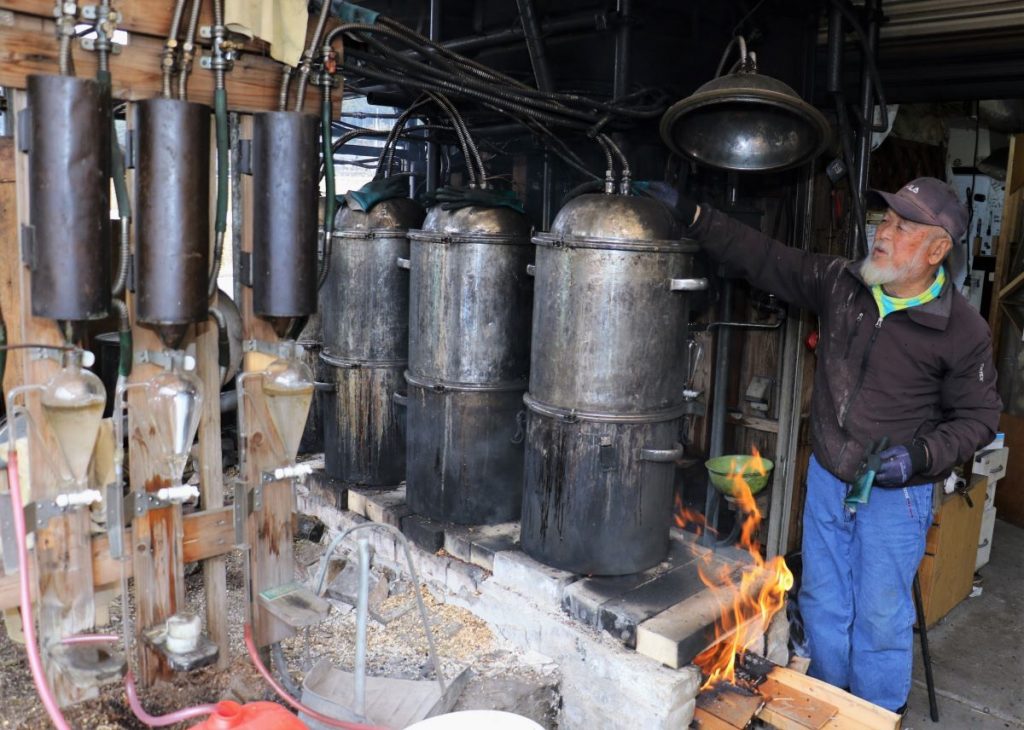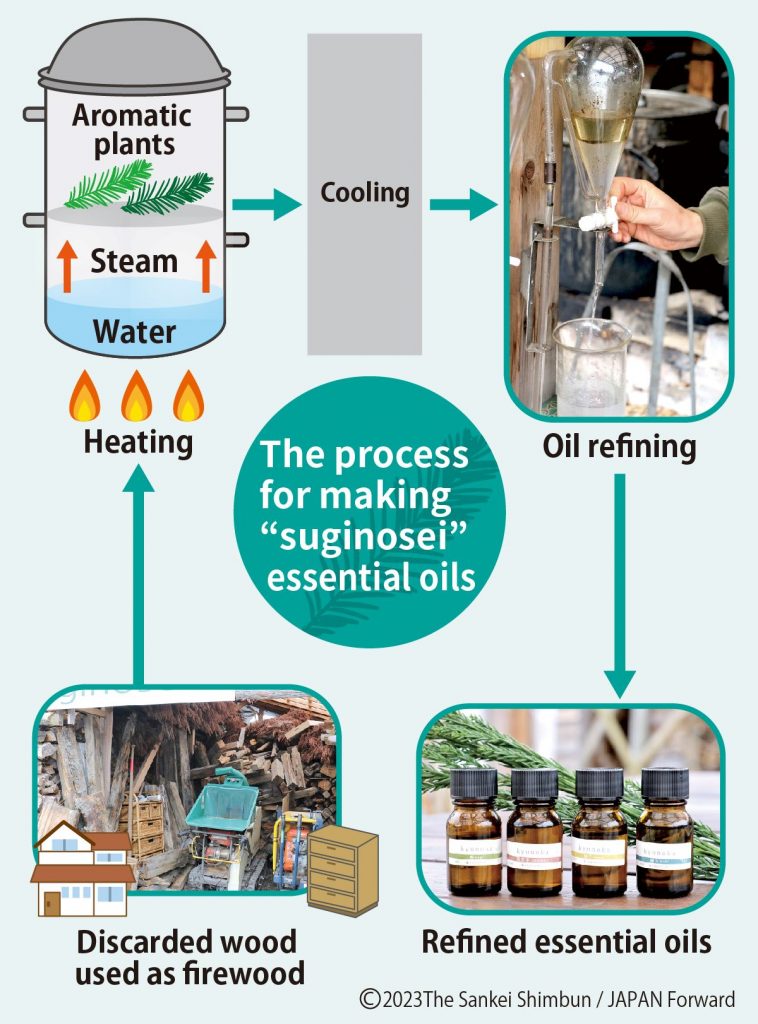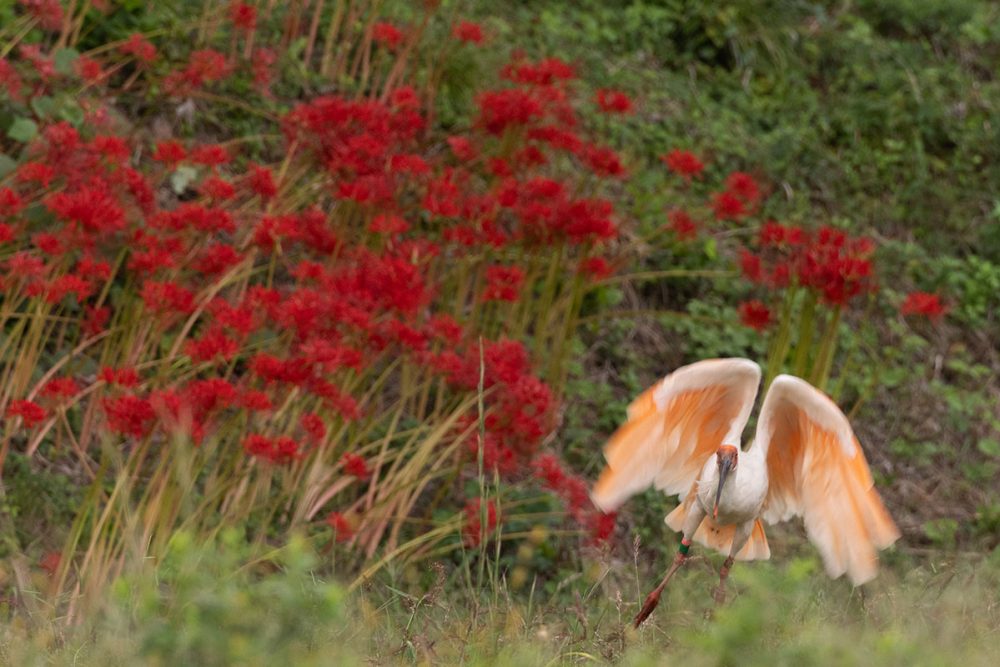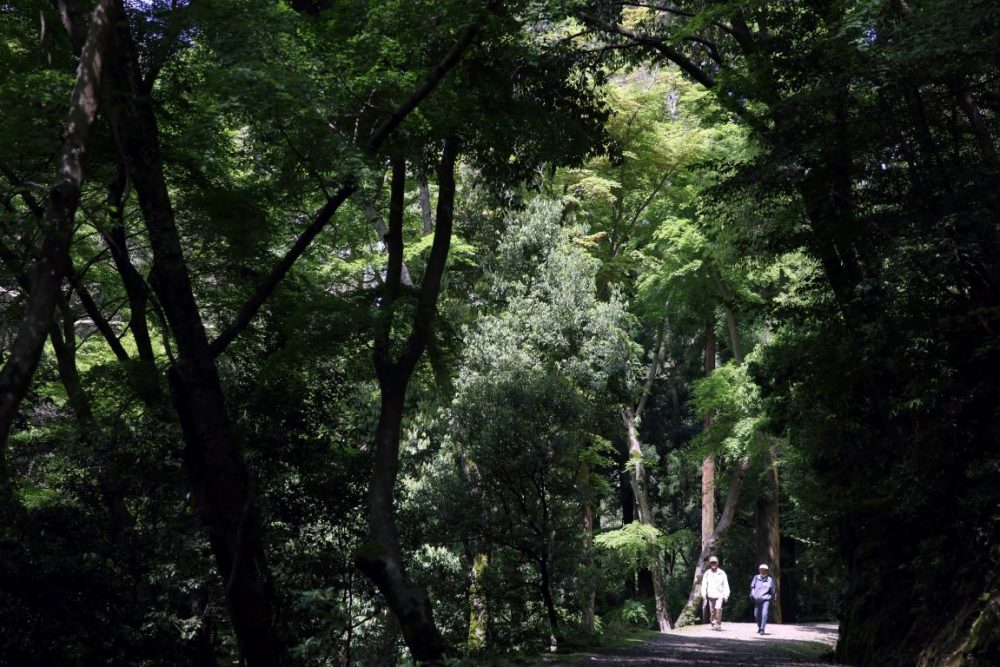The Future of Forestry is Circular: Transforming Wood Waste into Essential Oils
The circular system of a workshop in the mountains of Kyoto uses branches and leaves from tree trimming and other local materials to produce essential oils.

このページを 日本語 で読む
A "circular economy" is one in which resources are circulated for as long as possible, transforming waste into resources. In Kyoto, the concept has been adopted for the production of essential oils using remnant wood from forest thinning as raw material.
With mountains increasingly abandoned due to the slowing forestry industry, the project helps to circulate timber that would otherwise be discarded. It also contributes to maintaining the forest. The effort is attracting attention for leading to sustainable forest management, a goal incorporated in the UN Sustainable Development Goals (SDGs).
Utilizing the Local 'Treasure Trove'
"I think it's about time," says Hiroshi Murayama, 74, who runs Suginosei, a workshop nestled in the corner of a rice field that skirts a cedar forest-covered mountain. On a mid-January day, Murayama lifts the lid of a large steaming pot and pulls out the leaves and branches of the kuromoji tree (Lindera umbellata).
The workshop is in the Keihoku district of Kyoto Prefecture's Ukyo Ward, about 35 km northwest of Kyoto Station. With a forest cover of about 90%, the area has long been known as a source of high-quality lumber. For over ten years, Murayama has been producing essential oils after developing an original distillation system.

He operates his workshop on the belief that the surrounding area is a "treasure trove of everything we need, from fuel to raw materials to water."
More than ten species of aromatic plants serve as raw materials, including kuromoji and Kitayama cedar. Most of these are branches and leaves left over from thinning and pruning, but occasionally materials are purchased.
Scrap wood and wood left on the mountain are also used as firewood for steaming the branches and leaves. Some people even bring old wooden furniture to the workshop. They can dispose of it for free, and Murayama can use it as firewood.

The workshop has created a system to circulate local resources. Water for cooling in the distillation process comes from the groundwater of a nearby waterway. Pulpy residue from the distillation process is used as fertilizer for the fields.
"We were doing this before the term 'SDGs' became popular," Murayama laughs.
Countless Resources
Murayama worked in the forestry industry for many years. At the age of 55, he decided to retire and return to his hometown. He now applies his expertise to agricultural and forestry work in the Keihoku area.
Kitayama cedar, a local symbol, was used for building houses during Japan's high economic growth period of the late 1950s and early 1960s. As demand decreased, the mountains were left unmaintained and overgrown.
Murayama started by making soap using Kitayama cedar. He extracted the essential oil from the cedar and sent it to a soap manufacturer along with burned branches and leaves. Initially, the excess essential oil was discarded.

He was prompted to start making essential oils himself when a visiting aromatherapist told him it was a waste to throw away something that could be sold at a high price. From then on, the workshop began to use wood waste and many other resources from the area.
Murayama has heard from people all over Japan, who contact him for advice on the technique. Essential oil production using Murayama's system has begun in nine other locations, including Tochigi, Gunma, and Wakayama Prefectures.
"There are countless resources that are thrown out even when they can still be used. I want to pass on the skills needed to make the most of them, and I do so free of charge. This allows me to contribute to revitalizing the mountains and creating local products," Murayama explains.
The circular forestry system born in Keihoku is spreading throughout Japan.
Bottles of Japanese cedar essential oil start at 1,100 JPY, and kuromoji essential oil starts at 2,200 JPY. They can be purchased from the Suginosei website.
Raising Awareness
The "5Rs" add "Refuse" and "Repair" to the conventional "3Rs" – Reuse, Reduce, and Recycle. To create a circular economy, all five must be practiced.
In 2021, the Ministry of the Environment, the Ministry of Economy, Trade and Industry, and the Japan Business Federation launched the Japan Partnership for Circular Economy (J4CE) to accelerate circular economy initiatives.
However, awareness of the circular economy issue is not high. According to the 2021 Sustainable Lifestyle Report based on surveys conducted by the Dentsu Institute, 70.4% of respondents in Japan were familiar with the term "SDGs," even if they didn't know the meaning. This figure was only 29.6% for the term "circular economy," ranking the lowest among the 12 countries targeted in the survey, including the US, Germany, China, and India.
このページを 日本語 で読む











